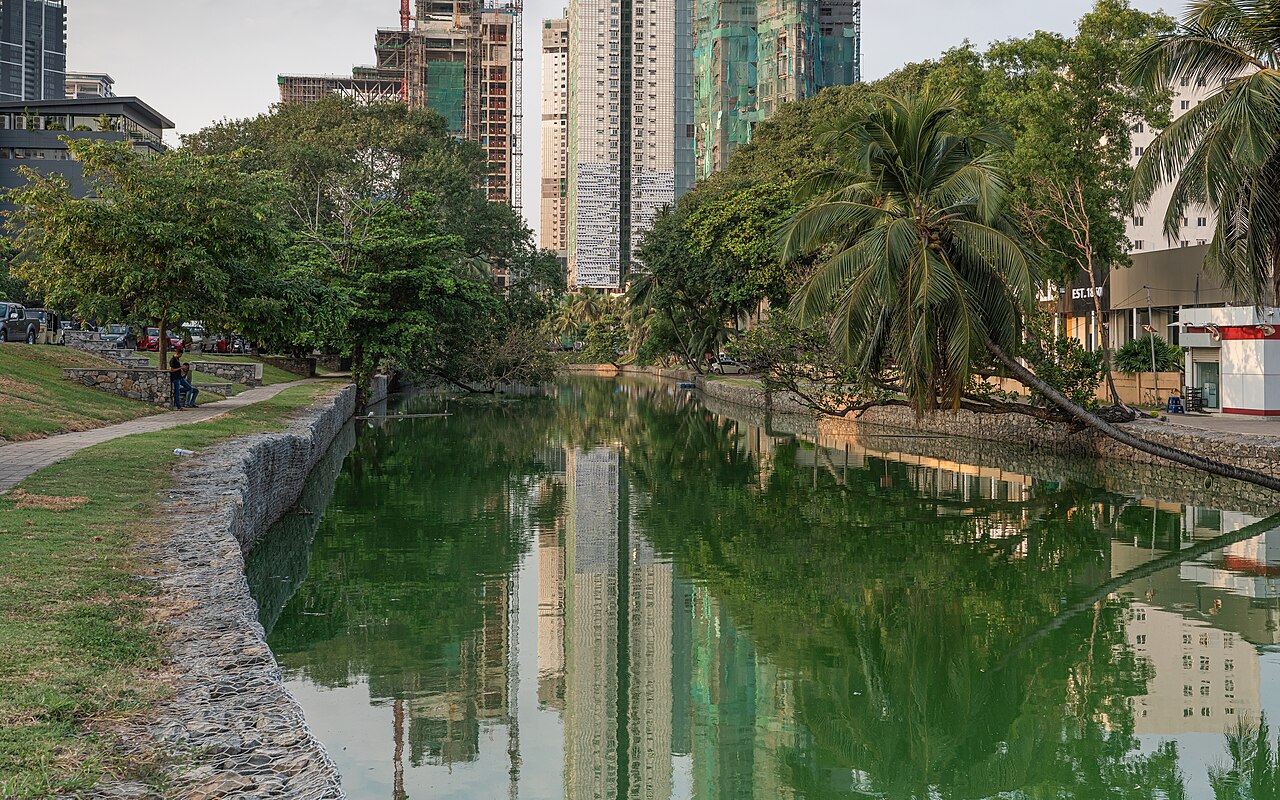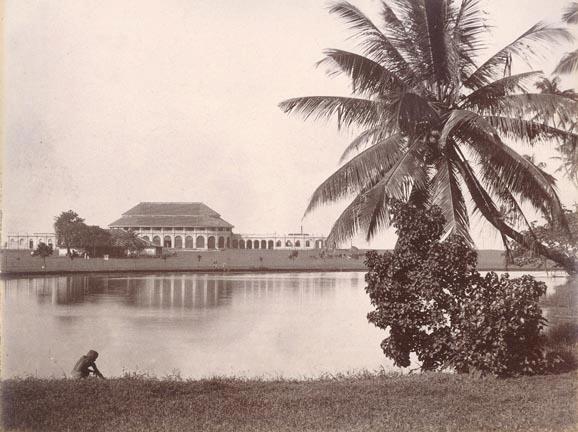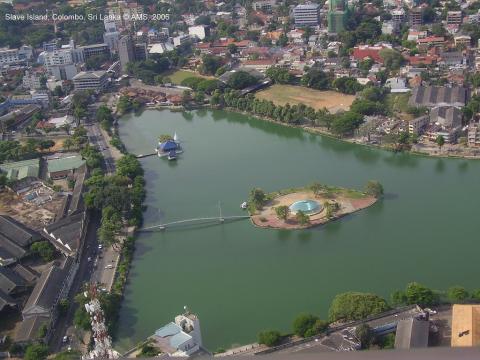Slave Island: Colombo’s Historic District Reimagined
Slave Island: Colombo’s Historic District Reimagined
From Colonial Shadows to Modern Vibrancy
Once a Dutch-era slave settlement, this lakeside neighborhood between Fort and Kollupitiya now blends corporate high-rises, colonial remnants, and trendy cafes.
Why This Area Intrigues Visitors
Layers of History
- 17th-century: Enslaved Africans/Malays lived here.
- British era: Became a free Eurasian community hub.
- Modern day: Financial district with cultural memory.
Must-See Contrasts

- Beira Lake’s last canals.
- 19th-century cottages beside glass towers.
Top Experiences
1. Historic Exploration
- Dutch Hospital Street.
- St. Mark’s Church (1830).
2. Modern Hotspots
- Cinnamon Grand’s seafood restaurants.
- Crescat Boulevard shopping.
3. Hidden Gems
- "Lovers’ Lane" lakeside promenade.
- Kaffiyeh Café.

Visitor Tips
- Walking Tour: Best way to appreciate the area.
- Transport: Colombo Fort Station (5-min walk).
- Note: Some locals prefer the Sinhala name "Kompanna Vidiya".
Nearby Attractions
- Galle Face Green (10-min walk).
- Old Parliament (15-min walk).
Local Insights
- Photo Op: "Slave Island" street sign near Beira Lake.
- Pro Tip: Try kottu roti at "Bombay Sweet Mahal".
Book a Colombo History Walk!
Hear untold stories of this district: srilankatourhelp.org.
Photo Credit : I Love Slave Island FB page
Did You Know? The area got its name because enslaved people were confined here at night but worked in Fort by day.



Comments
There are no comments yet